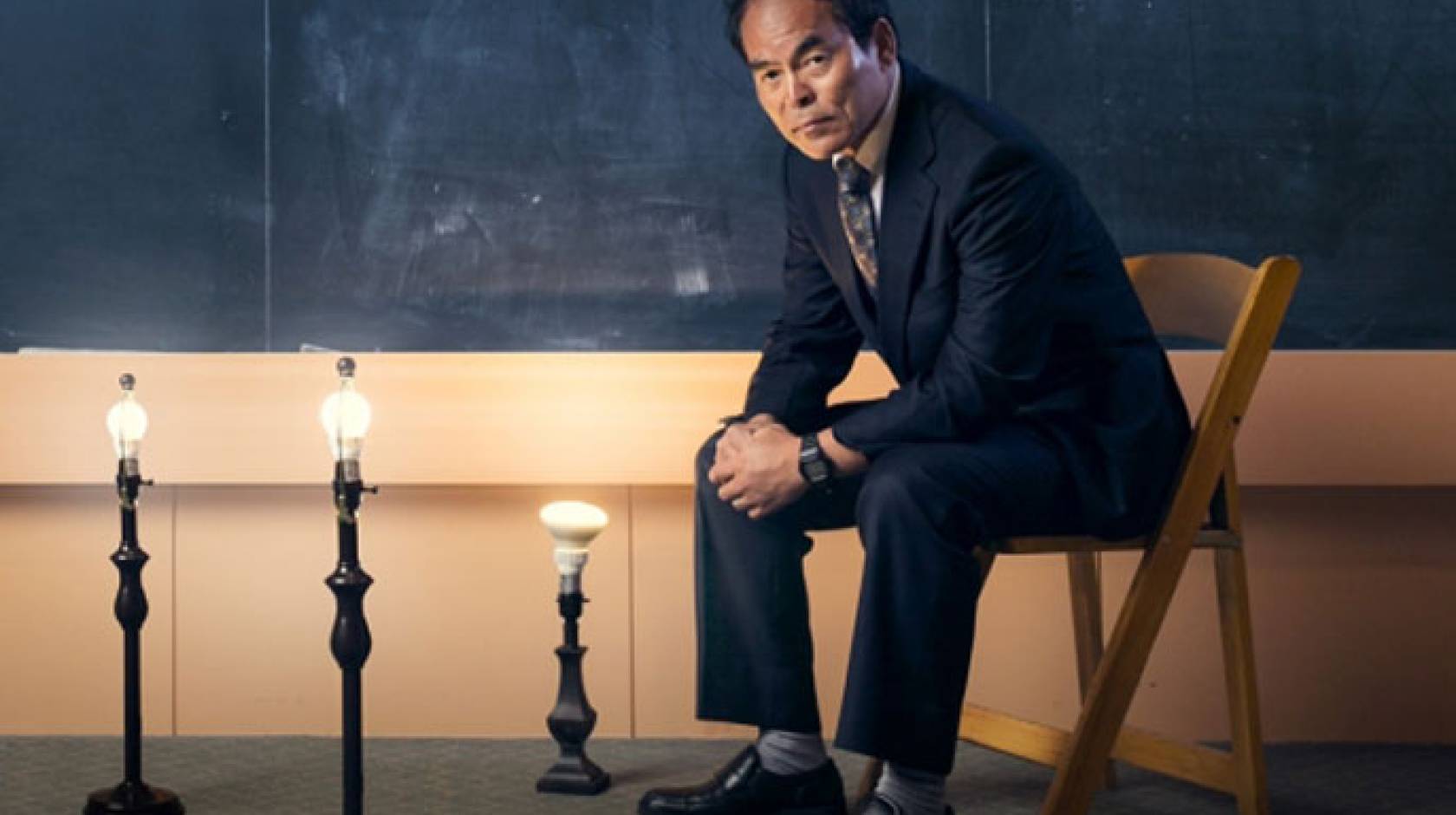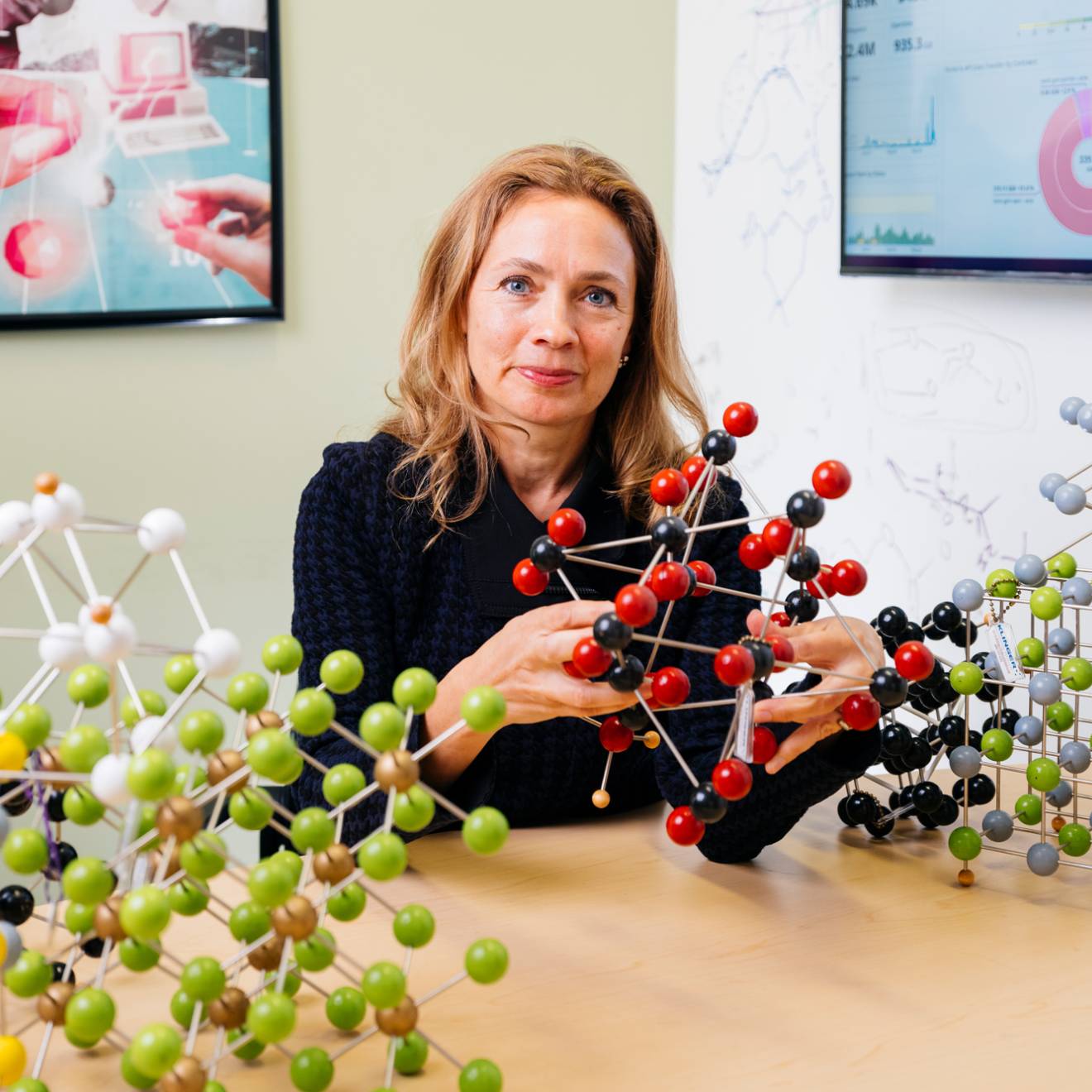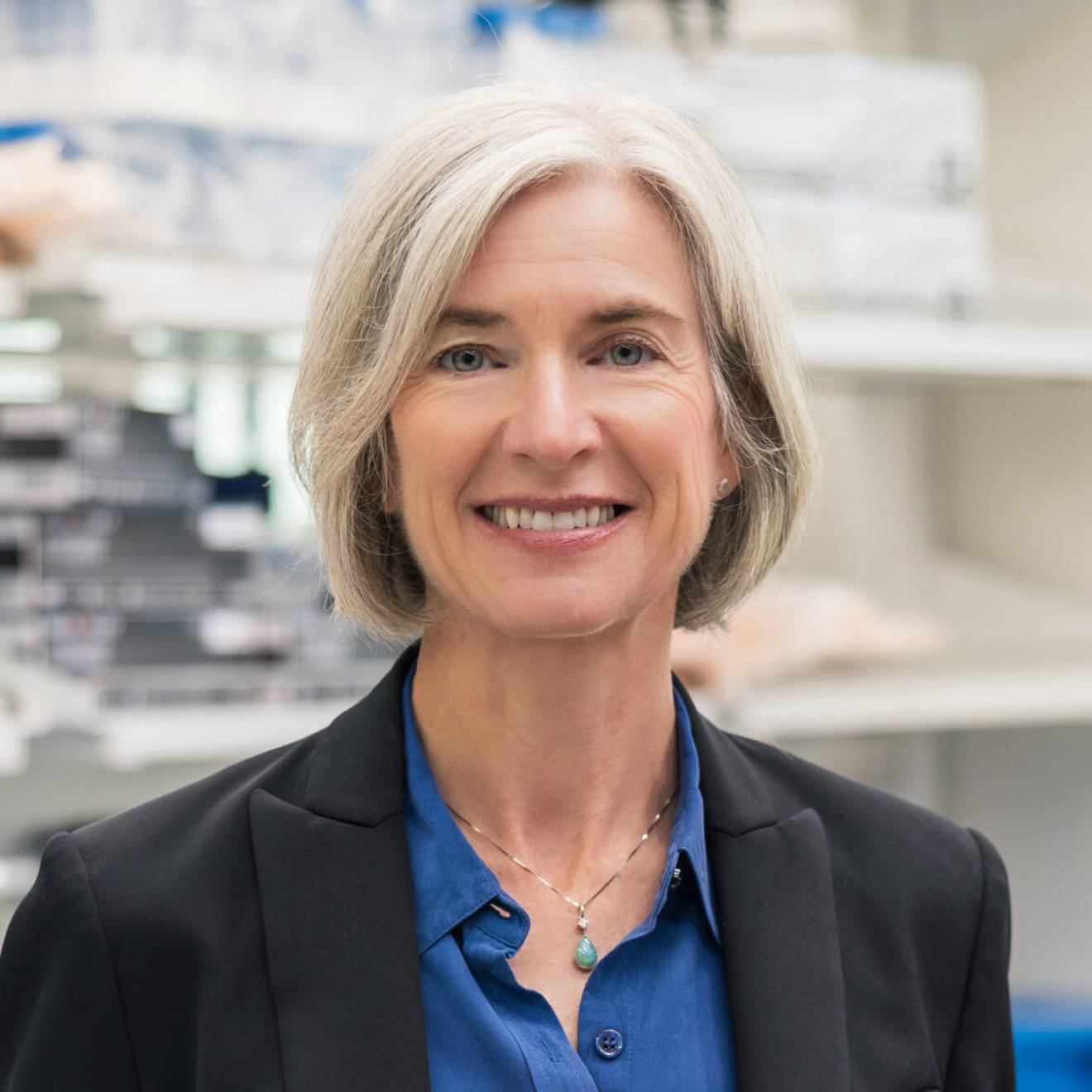Sonia Fernandez, UC Santa Barbara

It’s the late 1980s and Shuji Nakamura is on to something. Working in a corporate lab, the Japanese engineer is convinced that if the conditions were just right in his metal organic chemical vapor deposition machine, he might be able to grow the high-quality gallium nitride (GaN) crystals that could make possible the highly sought blue LED. His days are a succession of trials and errors.
“When I was modifying reactors every morning and every afternoon continuously for a year and a half, I never thought it would be so successful,” said Nakamura, now a professor of materials and of electrical and computer engineering at UC Santa Barbara.
‘Successful’ is something of an understatement. With his flawless GaN crystals, Nakamura not only developed the bright-blue LED, he helped pave the way for the white LED, a technology that has revolutionized our lighting and displays. Invention of the blue LED earned Nakamura and colleagues the 2014 Nobel Prize in Physics, and the solid-state lighting technology continues to surprise us today with new applications and new possibilities.
It is for these impacts that Nakamura has been chosen, along with fellow LED pioneers, for the 2021 Queen Elizabeth Prize for Engineering (QEPrize). Presented this year “for the creation and development of LED lighting, which forms the basis of all solid-state lighting and technology,” the prize is awarded also to Isamu Akasaki, Nick Holonyak, Jr., M. George Craford and Russell Dupuis — all major players in the development of LED lighting. According to the QEPrize Foundation, this year’s winners are recognized “not only for the global impact of LED and solid-state lighting but also for the tremendous contribution the technology has made, and will continue to make, to reducing energy consumption and addressing climate change.”
“Our campus is overjoyed that professor Nakamura, along with four other colleagues, has received this international prize that is among the top engineering awards in the world, recognizing their transformational innovation that is of monumental benefit to humankind,” said UC Santa Barbara Chancellor Henry T. Yang. “Their invention of visible LEDs has enabled energy-efficient solid state lighting, which is the largest improvement in lighting efficiency in more than 100 years. LED-based solid state illumination is now widely deployed, and realizing huge energy savings; reducing greenhouse gases that are impacting climate change; and helping to create sustainable lighting for the developing world. The richness of consequences has also extended to applications in horticulture, automotive lighting, micro-LED displays and healthcare, including the use of ultra-violet LEDs to sterilize COVID-19. These once inconceivable technologies have been made possible through the groundbreaking materials science from professor Nakamura and his colleagues, with more to come.”
“I am so honored to receive the Queen Elizabeth Prize for my contributions to solid-state lighting, which provides tremendous benefits for humanity by providing energy-efficient lighting and displays,” Nakamura said.
Short for “light-emitting diode,” LEDs have become ubiquitous in our modern lives, replacing energy-guzzling incandescent and florescent lightbulbs in homes, public spaces, commercial businesses and vehicles.
“Their innovations have resulted in a 10-fold increase in energy efficiency of lighting and displays over conventional technologies,” commented Steven DenBaars, fellow materials and electrical and computer engineering professor at UC Santa Barbara and, with Nakamura, co-director of the campus’s Solid State Lighting and Energy Electronics Center. “The U.S. Department of Energy has estimated that by 2030 the U.S. consumption for lighting will be reduced by more than 40 percent. This is equivalent to more than 50 electrical power plants’ worth of energy that will be saved.” According to the 2020 India Residential Energy Survey, use of LED bulbs is already at 88 percent, he added.
“We are proud to congratulate Shuji Nakamura on being named a recipient of the highly prestigious 2021 Queen Elizabeth Prize for Engineering," said Rod Alferness, dean of the UC Santa Barbara College of Engineering. "This important award recognizes the central role engineers play in pursuing innovations that improve the welfare of humanity, such as LEDs, the most energy efficient lighting ever. Dr. Nakamura's achievements in solid-state lighting helped spark a scientific revolution that continues to have far-reaching impacts on all of us through a wide range of advanced technologies."
Indeed, the versatility of LEDs has made them the basis for next-generation, high- definition and flexible displays. Their durability and energy efficiency also allows them to be used in less hospitable and more remote environments, such as rescue situations and in places that have no electricity infrastructure. Visible LEDs are now a global industry predicted to be worth more than $108 billion by 2025.
“This year’s prize winners have not only helped humanity to achieve a greater degree of mastery over the environment, they have enabled us to do so in a sustainable way,” said Lord Browne of Madingley, chair of the Queen Elizabeth Prize for Engineering Foundation. “They have created a product which we now take for granted, but which will play a major role in ensuring that humanity can live in harmony with nature for many more centuries to come.”
The winners will be formally honored at a ceremony later this year; they will receive the £1 million prize and an iconic trophy, designed by the 2021 Create the Trophy winner Hannah Goldsmith, a 20-year-old design student from the United Kingdom.
The QEPrize celebrates engineering’s visionaries, encouraging them to help extend the boundaries of what is possible across all disciplines and applications. It also inspires young minds to consider engineering as a career choice and to help solve the challenges of the future.

